Email marketing is a vital tool for healthcare companies, offering direct communication with patients and healthcare professionals alike. It’s used for everything from appointment confirmations and reminders to promoting new services, delivering personalized messages tailored to individual needs. Its effectiveness lies in segmentation, ensuring the right content reaches the right audience.
However, mastering healthcare email marketing is complex. HIPAA regulations demand strict data protection, and sensitive topics require a delicate balance between information and privacy. Navigating these challenges while maintaining engaging communication is key. In short, while email marketing is powerful, success demands understanding and compliance in the healthcare landscape.
What Is Healthcare Email Marketing?
Healthcare email marketing is a digital communication strategy utilized by healthcare organizations to engage with prospective patients, existing patients, healthcare professionals, and other stakeholders via email. It’s about crafting messages that speak directly to patients, healthcare professionals, and stakeholders, delivered conveniently to their inboxes.
From practical appointment reminders to informative health updates, these emails serve as valuable touchpoints, offering relevant content and fostering stronger connections. By segmenting audiences effectively, healthcare email marketing ensures that each message resonates with its intended recipients, sparking meaningful engagement and building trust.
It’s the smart, relatively low-cost and efficient way to stay connected in today’s fast-paced healthcare landscape, offering personalized care without significantly large spends.
Why Use Email Marketing for Healthcare?
Email marketing has become a cornerstone of healthcare communication strategies for several compelling reasons. Firstly, its unparalleled reach and immediacy make it an ideal medium for delivering time-sensitive information to both patients and healthcare professionals. Whether it’s sending appointment reminders, sharing health tips, or announcing new services, email ensures that important messages land directly in recipients’ inboxes, where they’re likely to be seen and acted upon promptly.
Moreover, the ability to segment email lists based on various criteria such as demographics, medical history, or engagement level allows healthcare organizations to deliver highly personalized content and subject lines tailored to the unique needs and interests of different groups. This personalized approach not only increases the relevance of the message but also enhances engagement and fosters stronger patient-provider relationships.
Secondly, email marketing offers unmatched cost-effectiveness compared to traditional marketing channels like print or television advertising. With minimal overhead costs and the potential for significant returns on investment, email campaigns allow healthcare practices of all sizes to amplify their reach and impact without breaking the bank.
Additionally, the rise of mobile technology has further amplified the effectiveness of email marketing, as emails can now be accessed and read on smartphones and tablets anytime, anywhere. This accessibility ensures that healthcare messages can reach patients wherever they are, making email an indispensable tool for driving patient engagement and ultimately improving health outcomes.
Types of Healthcare Email Marketing
1. Appointment Reminders
Appointment reminders are essential in ensuring patients attend their scheduled appointments. These emails serve as gentle prompts, ensuring patients don’t miss crucial medical visits or follow-up appointments. By reducing no-shows, appointment reminders streamline healthcare operations and contribute to improved patient outcomes by facilitating timely care.
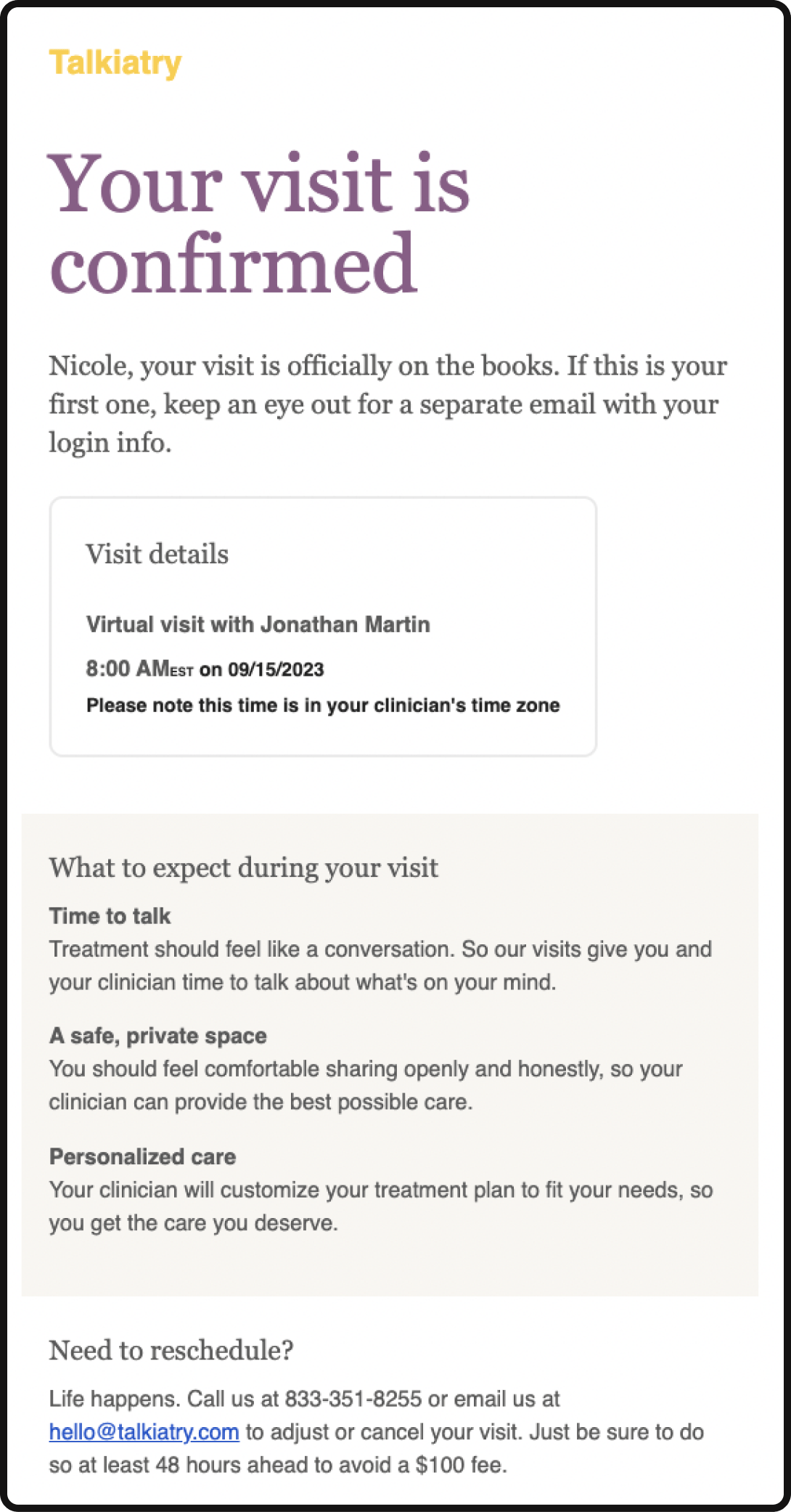

2. Welcome Series
A welcome series is a sequence of emails sent to new patients or subscribers shortly after they join a healthcare provider’s email list or become a patient. The welcome series is designed to introduce patients to the healthcare organization, provide important information about available services, and establish a positive relationship from the outset.
The series typically includes a welcome message from the healthcare provider or clinic, an overview of the provider’s mission and values, information about the provider’s specialties or areas of expertise, and details about how patients can access care or schedule appointments. Additionally, the welcome series may include educational content on relevant health topics, tips for navigating the healthcare system, and opportunities for patients to engage with the provider through social media channels.
By leveraging a welcome series in email marketing, healthcare organizations can make a memorable first impression, build trust with new patients, and lay the foundation for long-term patient engagement and loyalty.
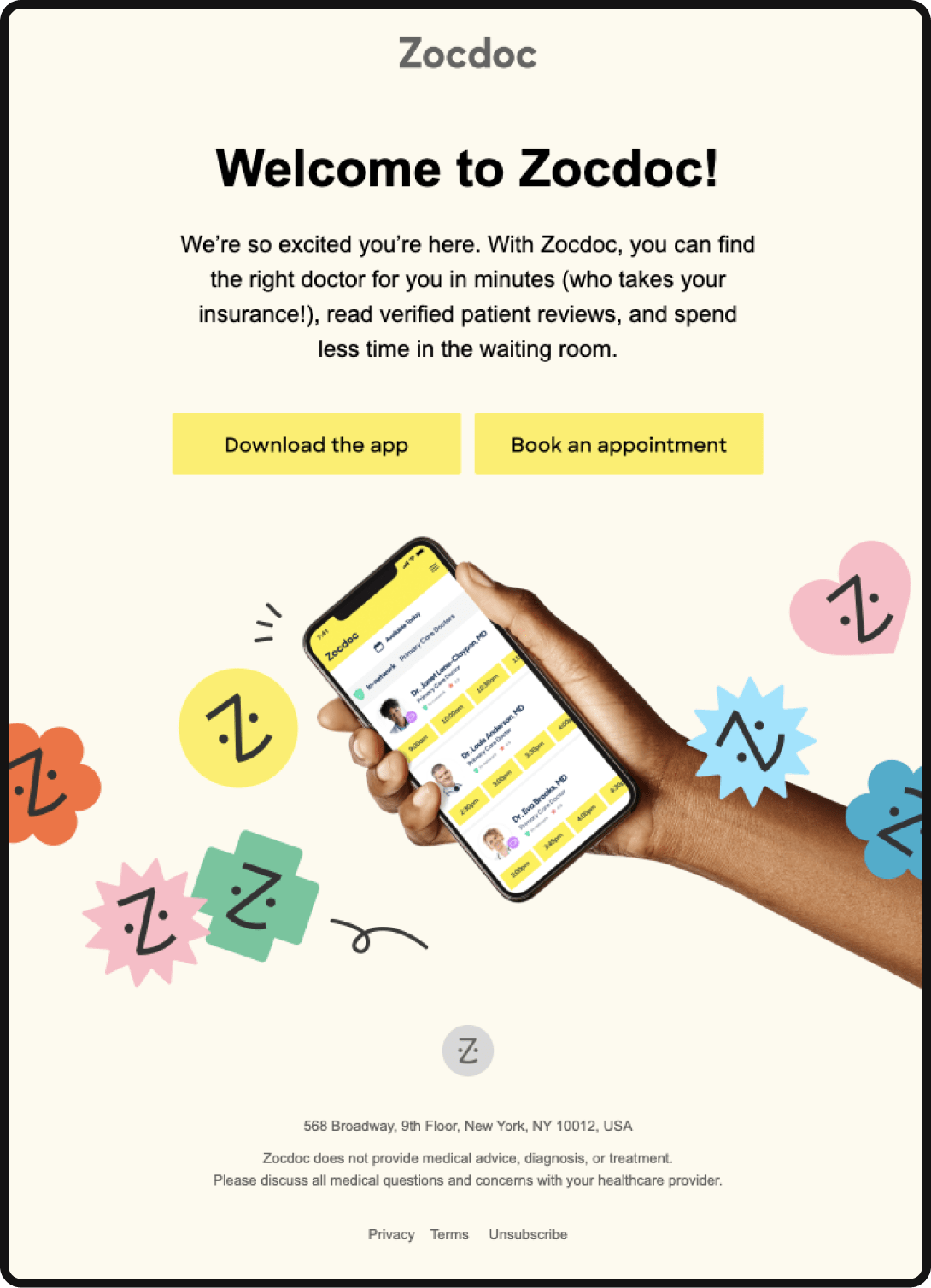
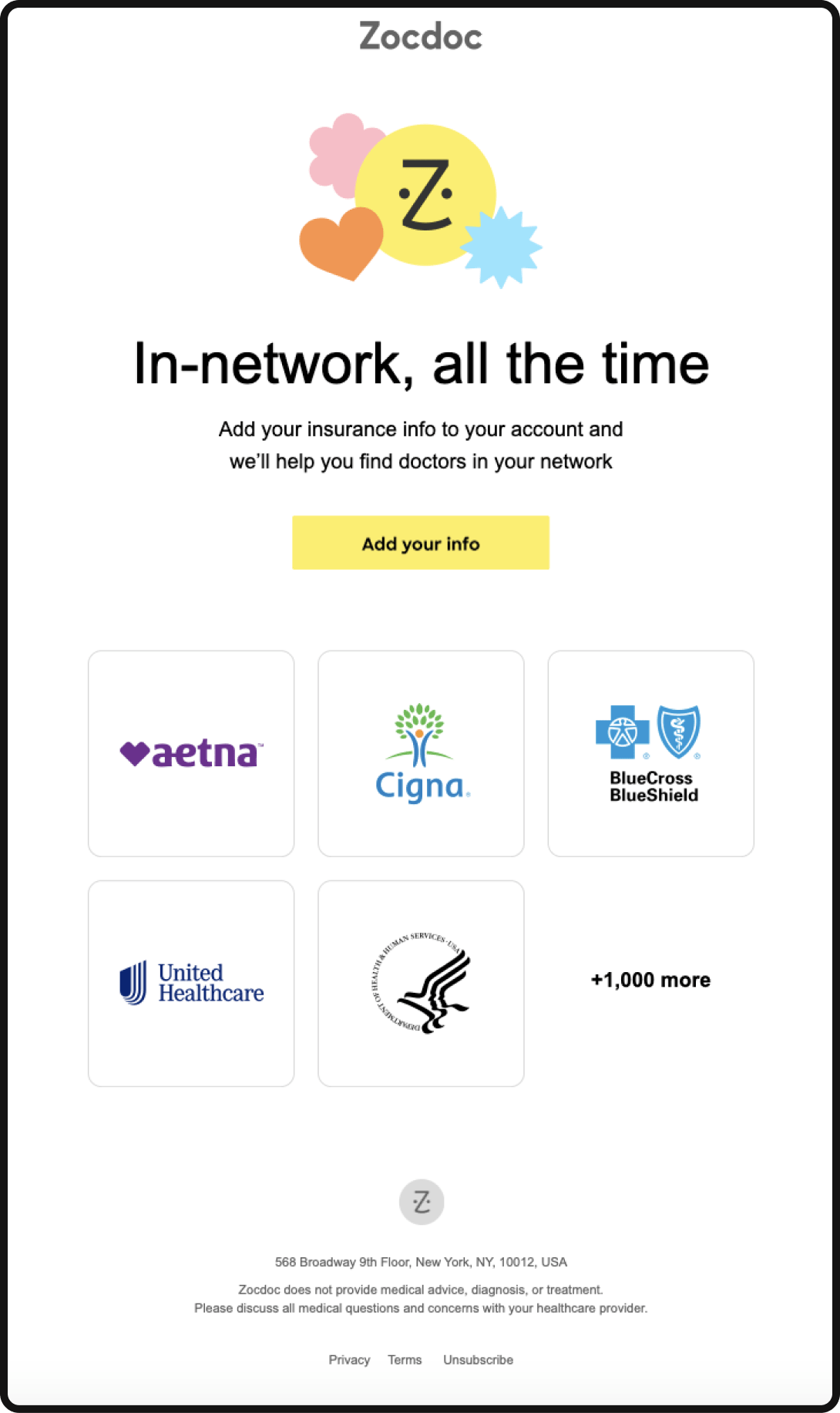

3. Educational Content Delivery
Educational emails deliver valuable health information directly to patients’ inboxes. From preventive care and wellness tips to chronic disease management and treatment options, these emails empower patients to take charge of their health. By positioning healthcare providers as trusted sources of expertise, educational email campaigns foster a culture of health literacy, contributing to improved patient engagement and adherence to treatment plans.
Many educational email campaigns are formatted as health tips or monthly newsletters that deliver bite-sized health advice, wellness tips, and updates on healthcare news directly to subscribers’ inboxes. These emails aim to keep patients informed about the latest trends in healthcare, provide practical advice for maintaining a healthy lifestyle, and foster ongoing engagement with the healthcare organization.
By offering valuable content that resonates with recipients, health tip emails and newsletters can strengthen patient-provider relationships and establish the healthcare organization as a reliable source of health information.

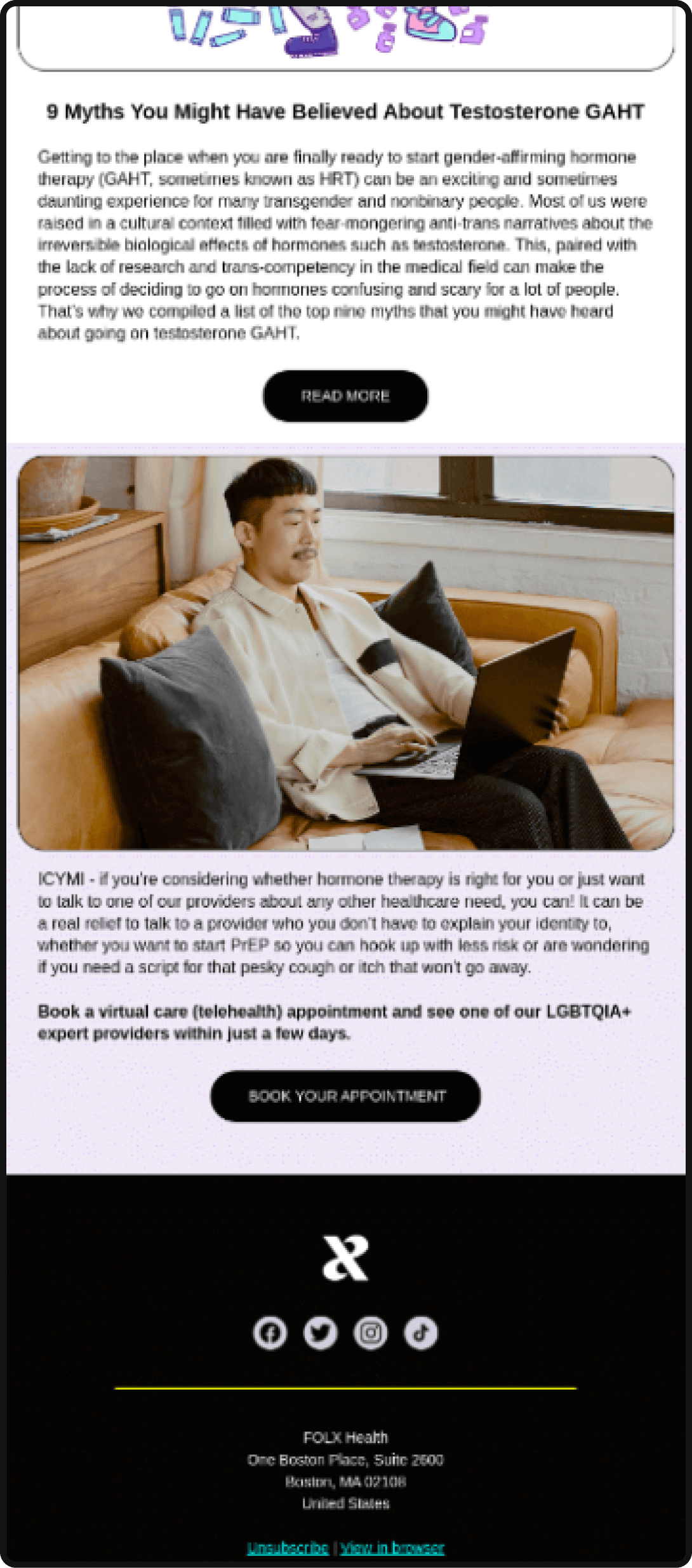
4. Survey and Feedback Requests
Surveys and feedback request emails are instrumental in gathering insights from patients about their experiences with healthcare services. These emails typically contain links to brief surveys or feedback forms, allowing patients to share their opinions, suggestions, and concerns. By actively soliciting feedback, healthcare organizations demonstrate a commitment to continuous improvement and patient-centered care.
Moreover, analyzing survey responses enables healthcare providers to identify areas for enhancement, address patient grievances, and enhance overall patient satisfaction.

5. Event Invitations, Webinars, and Follow-ups
Event invitations and webinar emails invite recipients to participate in healthcare-related events, such as health fairs, seminars, workshops, or online webinars. These emails provide details about the event, including date, time, location, and agenda, and encourage recipients to register or RSVP. By leveraging email marketing to promote events, healthcare organizations can attract attendees, generate interest in specific topics or services, and foster community engagement.
Additionally, webinars offer a convenient platform for delivering educational content, facilitating interactive discussions, and establishing thought leadership within the healthcare industry.
In most cases, event follow-up emails are also sent to attendees after a healthcare-related event, such as a conference, workshop, or live webinar. These emails express gratitude for attendance, provide a summary of key takeaways from the event, and offer additional resources or follow-up opportunities. By nurturing long-lasting relationships with event attendees, healthcare organizations can continue to engage participants, offer ongoing support, and further promote their services or initiatives.
6. Seasonal Health Campaigns
Seasonal health campaigns leverage email marketing to raise awareness about specific health issues or conditions that are prevalent during certain times of the year, such as flu season or allergy season. These campaigns may include tips for preventing seasonal illnesses, information on available vaccines or treatments, and reminders to schedule preventive screenings or appointments.
For example, Wisp positioned their emails about vaginal health around Valentine’s Day for more timely relevance. By addressing seasonal health concerns proactively, healthcare organizations can help patients stay healthy and informed year-round.
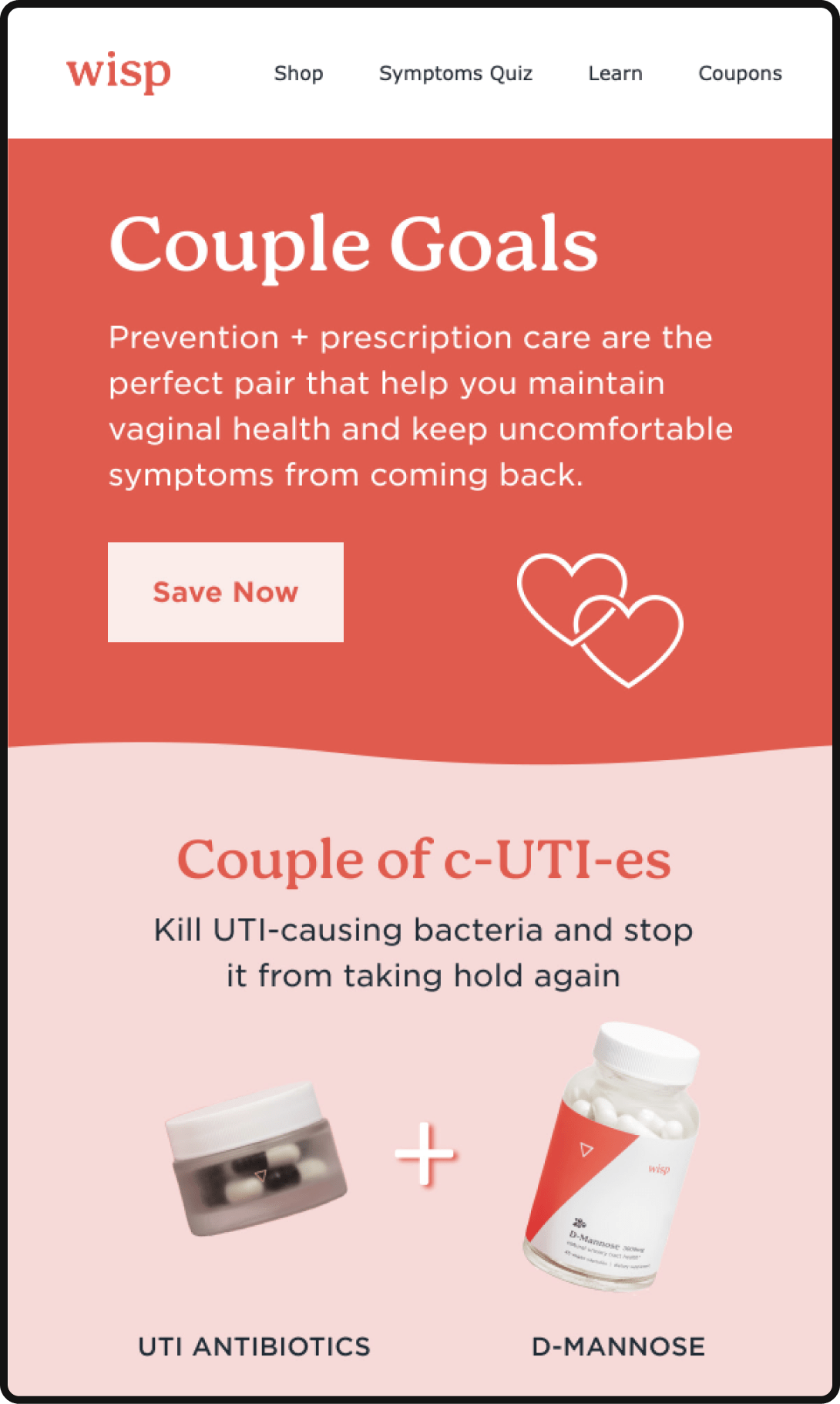
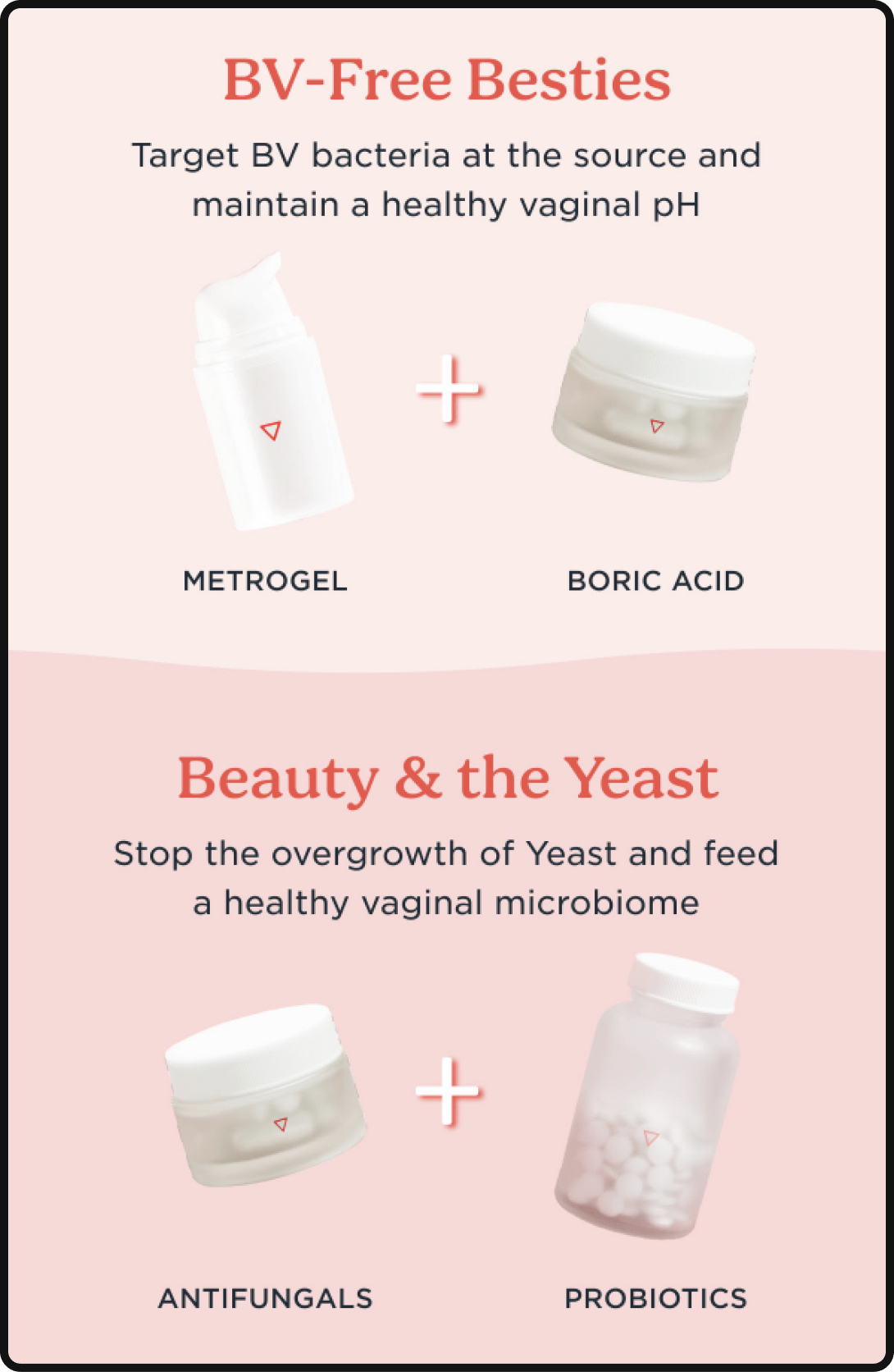
5 Healthcare Email Marketing Strategies (with Examples)
1. Seasonality and Timeliness
Seasonality and timeliness play crucial roles in crafting effective healthcare email marketing strategies. By aligning your emails with holidays like Christmas or Valentine’s Day, you can tap into the festive spirit and offer relevant healthcare tips or promotions. For instance, during the winter season, focusing on topics like flu prevention or managing winter colds can resonate well with recipients facing these health concerns.
Similarly, in summer, emails about sun safety or staying hydrated can address common summertime health issues. By recognizing and addressing seasonal health trends, you demonstrate your understanding of your audience’s needs and provide them with valuable information precisely when they need it most. This not only enhances engagement but also positions your healthcare organization as a trusted source of timely and relevant health advice, fostering stronger connections with your audience.
For example, the beginning of a new year is typically a prime opportunity for healthcare companies to connect with their audience through email marketing. It’s a time when many consumers are reflecting on their health and wellness goals, making resolutions to improve their lifestyle habits. Healthcare companies can leverage this momentum by sending emails that offer support, guidance, and motivation to help individuals kickstart their journey toward better health.

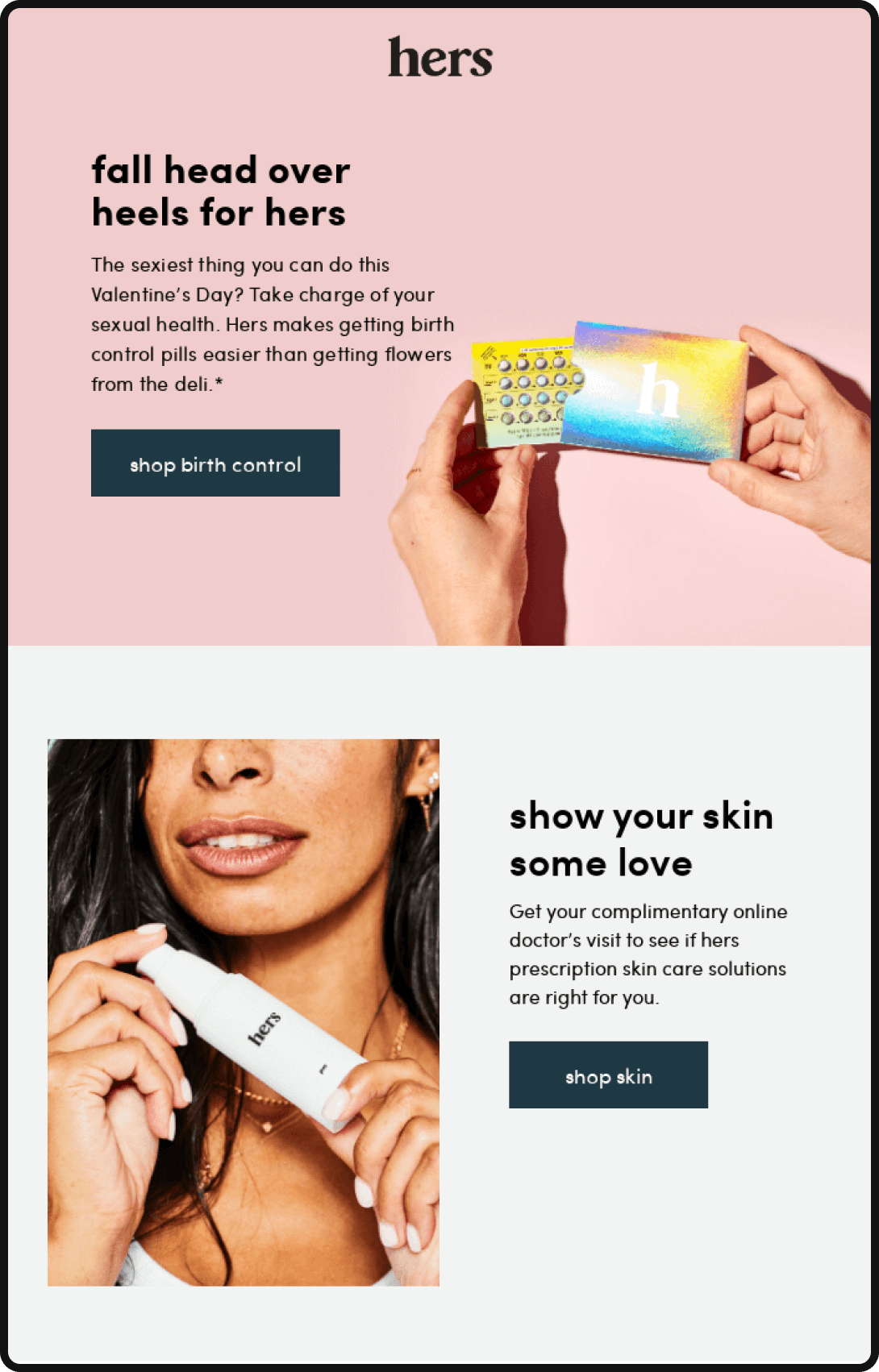
2. Downloadable Resources
Offering downloadable resources, such as calendars, guides, or checklists, can significantly enhance healthcare email marketing strategies by providing tangible value to subscribers. These resources serve as practical tools that empower recipients to take control of their health and well-being. For instance, a calendar outlining a 21-day habit challenge, like the one created by Ritual, not only encourages individuals to adopt healthier habits but also keeps them engaged with the brand throughout the challenge period.
Similarly, guides or checklists can offer actionable advice on topics like nutrition, exercise, or stress management, helping subscribers make informed decisions about their health. By providing these resources via email, healthcare companies can establish themselves as trusted sources of expertise while simultaneously nurturing stronger long-term relationships with their audience. Furthermore, the downloadable nature of these resources ensures that subscribers can access them conveniently at any time, reinforcing the value of the brand’s email communications in their health journey.
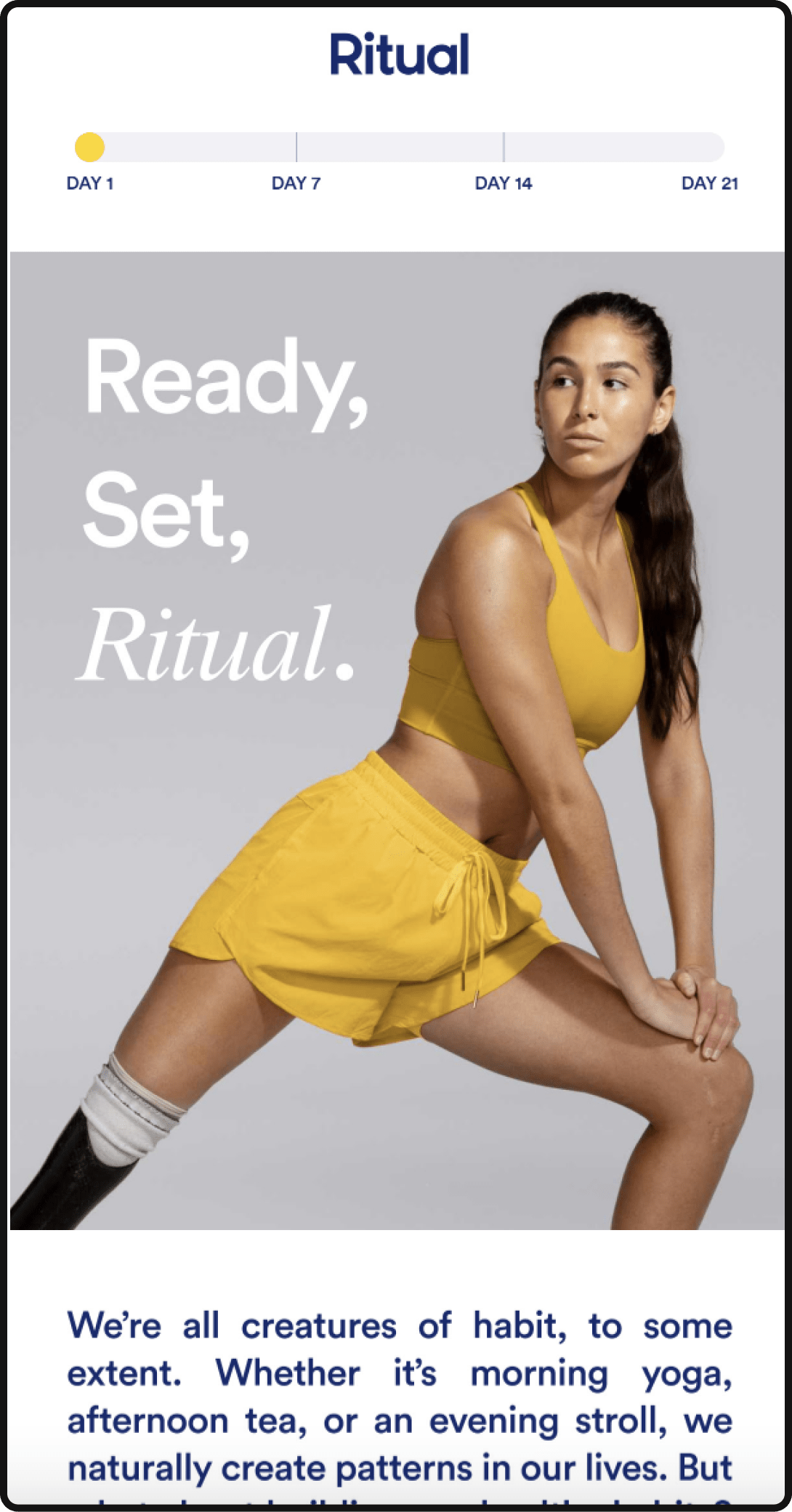

3. User Testimonials and Social Proof
Leveraging user testimonials and social proof can be a powerful strategy to build trust and credibility with your audience. Testimonials from satisfied patients or clients serve as real-life endorsements of your services, showcasing the positive experiences others have had with your healthcare organization. Including these testimonials in your emails adds authenticity and relatability, helping to alleviate any apprehensions or doubts potential patients may have.
Moreover, social proof in the form of certifications, awards, or affiliations reinforces your expertise and reputation within the healthcare industry. When recipients see evidence of your credibility and the positive impact your services have had on others, they’re more likely to feel confident in choosing your healthcare practice. By incorporating user testimonials and social proof into your email marketing strategy, you not only strengthen your brand’s reputation but also foster deeper connections with your audience, ultimately driving engagement and conversions.
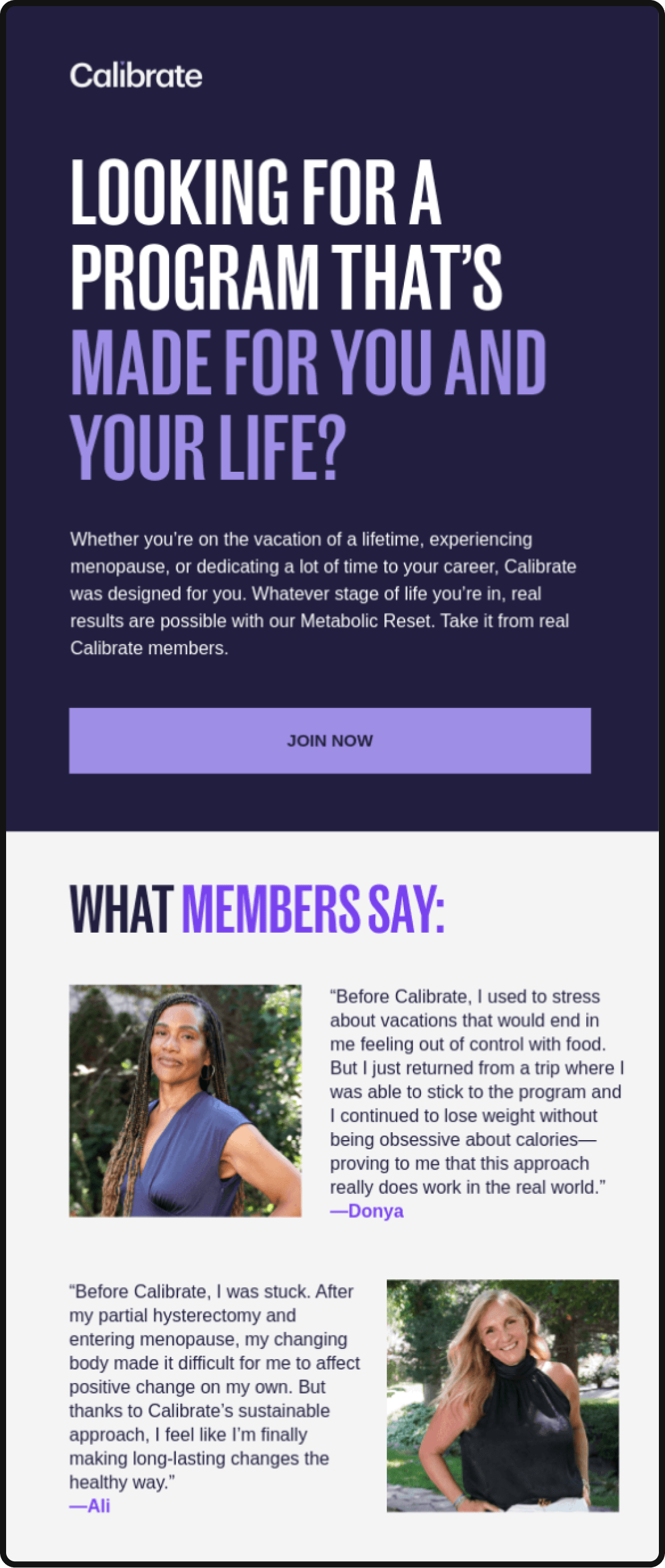
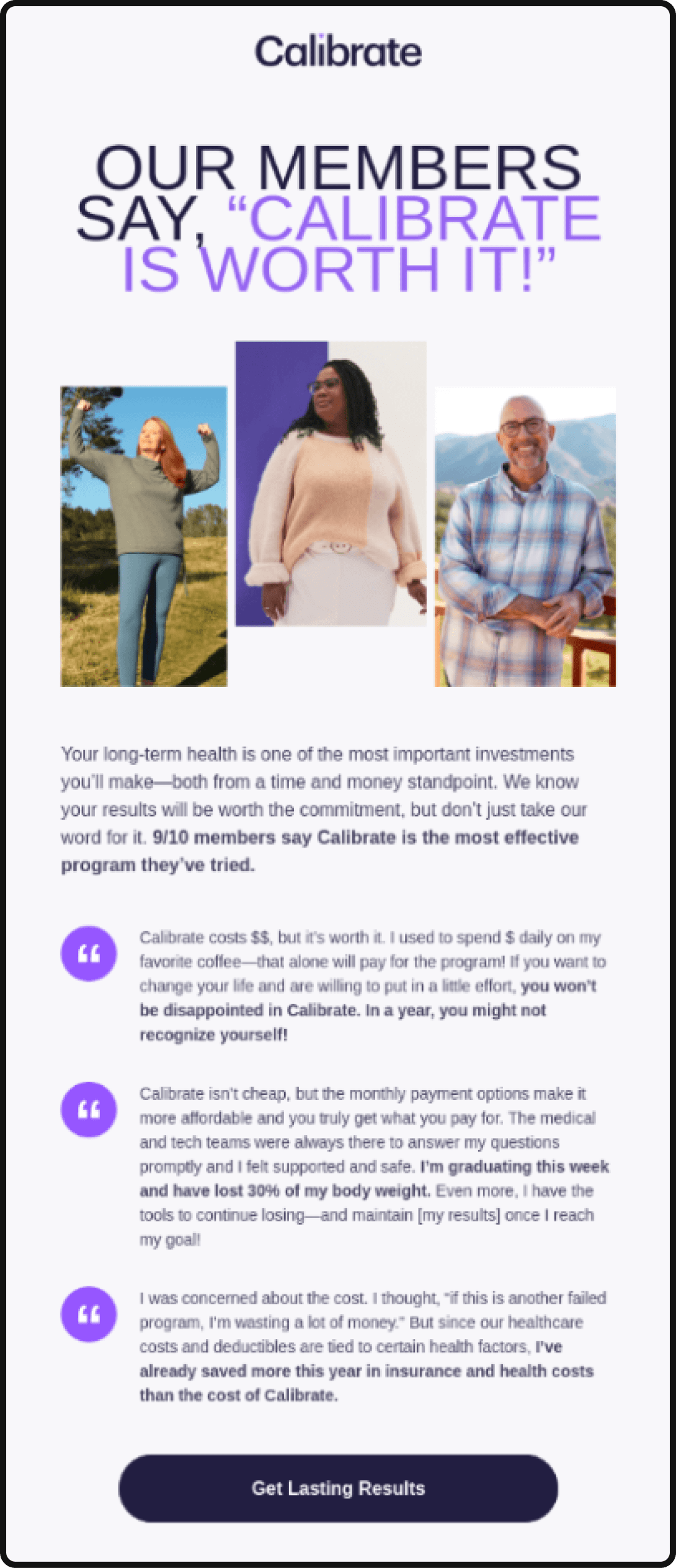
4. Educational Content and Blog Articles
By sharing educational resources tailored to their interests and needs, healthcare organizations can position themselves as trusted sources of expertise and guidance. Whether it’s articles on the latest medical advancements, wellness tips, or explanations of common health conditions, providing informative content demonstrates a commitment to patient education and empowerment.
These emails not only foster engagement with the audience but also help establish a deeper connection with patients who appreciate the effort invested in their well-being. Furthermore, by driving traffic to your blog or website through email links, you can enhance brand visibility and authority in the healthcare industry.
Here are some examples of educational content and blog articles that healthcare organizations could include in their email marketing strategy:
- Wellness Tips Series: A series of emails offering practical tips on maintaining overall wellness, covering topics such as nutrition, exercise, stress management, and sleep hygiene.
- Understanding Your Health Conditions: Emails that delve into specific health conditions, providing insights into symptoms, treatment options, and lifestyle modifications. For example, “Managing Diabetes: Diet and Exercise Tips” or “Understanding Anxiety: Strategies for Coping.”
- Preventive Care Guides: Emails outlining the importance of preventive care and offering guidelines for regular screenings, vaccinations, and health check-ups based on age, gender, or risk factors.
- Healthy Recipe Collections: Regular emails featuring healthy recipes tailored to different dietary preferences or health goals, such as heart-healthy meals, vegetarian dishes, or low-carb options.
- Mental Health Awareness Articles: Blog articles discussing various aspects of mental health, including common disorders, coping strategies, and destigmatization efforts.
- Expert Q&A Sessions: Inviting subscribers to submit their health-related questions for an expert to answer in a blog post or email newsletter.

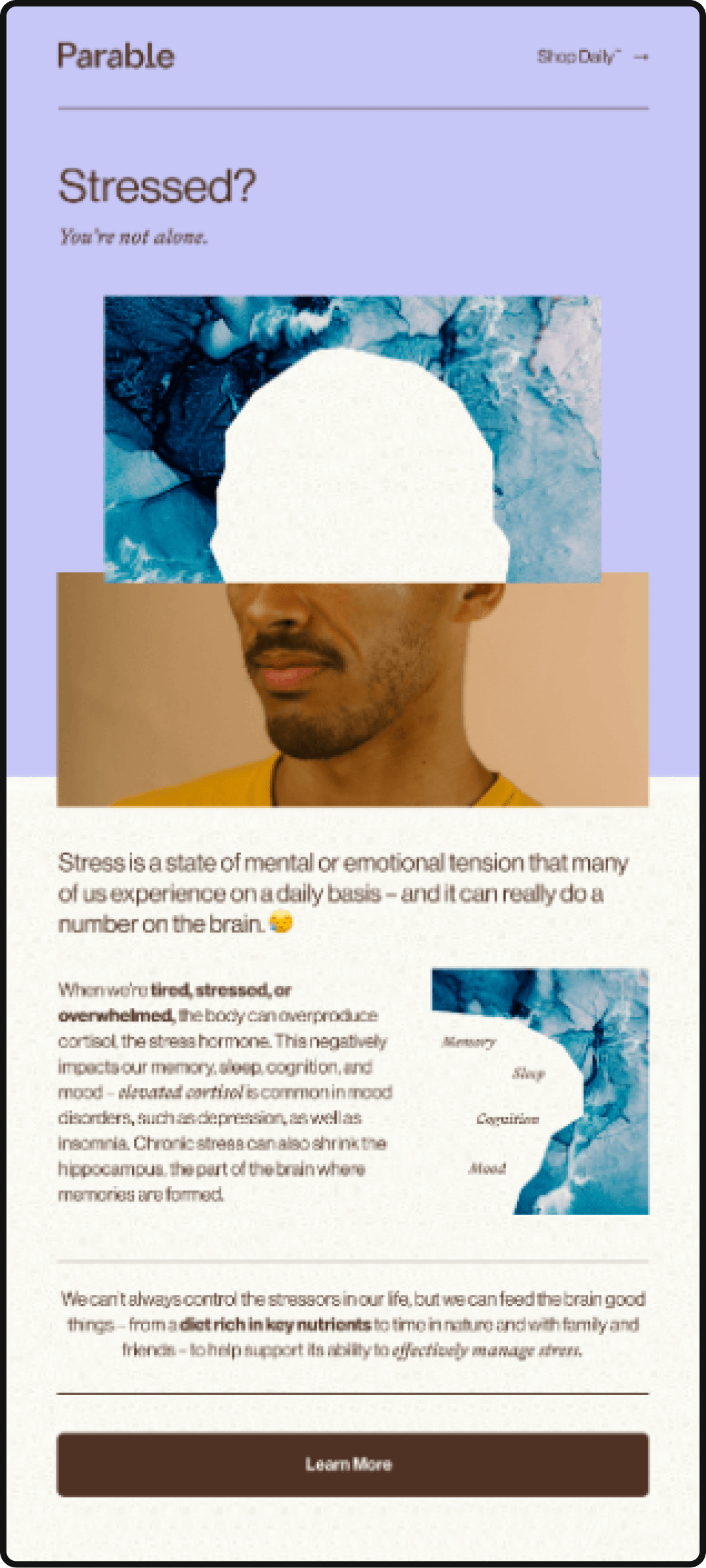
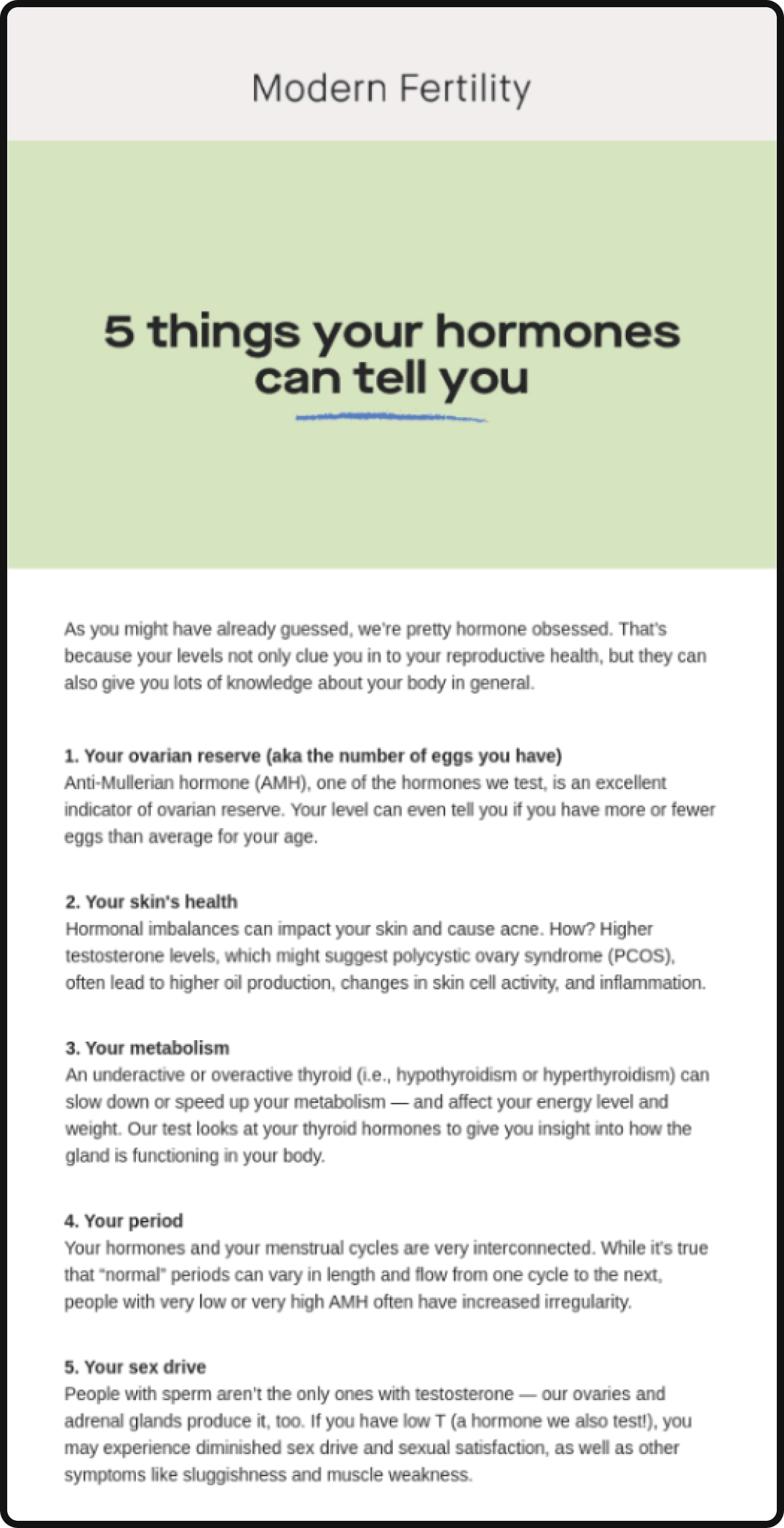
5. Research Studies and Statistical Evidence
Integrating research studies and statistical evidence into healthcare email marketing strategies can significantly enhance credibility and trust with subscribers. By sharing insights derived from reputable research studies, healthcare organizations demonstrate a commitment to evidence-based practices and staying abreast of the latest developments in the field.
Whether it’s statistics on disease prevalence, treatment efficacy, or health outcomes, incorporating such data into email content adds depth and authority to the messaging. For example, emails discussing the benefits of a particular treatment backed by clinical trials or highlighting the importance of preventive screenings based on statistical evidence can resonate strongly with recipients seeking reliable health information.
By presenting research findings in a clear and digestible format, healthcare organizations not only educate their audience but also position themselves as reliable sources of information and expertise.
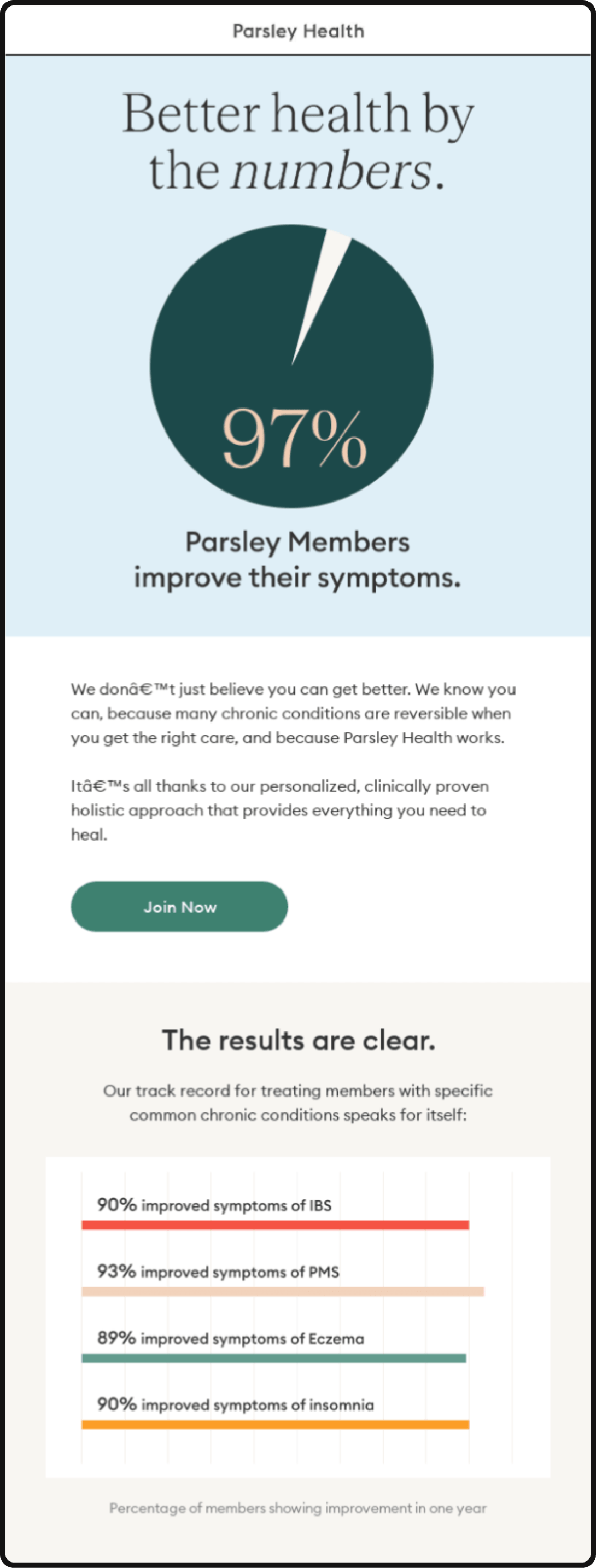
How to Get Started with Healthcare Email Marketing
To kickstart a robust email healthcare marketing strategy, the initial step is to construct a robust email list. Begin by collecting email addresses via your website, social media channels, and face-to-face interactions, ensuring compliance with privacy regulations like HIPAA.
Once your list is in place, the crux lies in crafting content that resonates. Focus on delivering valuable information that educates, entertains, or solves problems for your audience. Employ segmentation strategies to tailor content based on demographics, health interests, or engagement levels, enhancing relevance and impact. By consistently delivering pertinent, personalized content, healthcare companies can cultivate trust, foster patient relationships, and drive desired actions such as appointment bookings or participation in health initiatives.
As always, if you need a little extra help in knowing how to use these healthcare email marketing strategies for your brand, you know where to find us.





